Peterhoff, on the outskirts of St. Petersburg, was first
built by Peter the Great in the European style of the time (16th
century).
Peter’s goal during his reign was to bring Russia into the European community. As part of achieving this goal, he built buildings in the European style, created gardens in the European style, had men shave their beards to conform to European style, and changed the style of clothing to conform to European style.

Peter’s goal during his reign was to bring Russia into the European community. As part of achieving this goal, he built buildings in the European style, created gardens in the European style, had men shave their beards to conform to European style, and changed the style of clothing to conform to European style.
The Peterhoff built by Peter the Great contained rooms
paneled in wood, as was the style of the time. It was later expanded and redecorated by Peter’s daughter Elizabeth,
who created rooms in the lavish baroque style with gold leaf to be seen
everywhere.

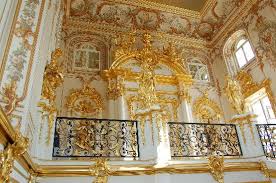
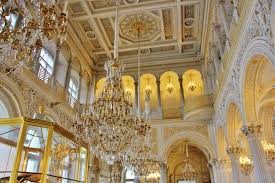

Later, Katherine II, Katherine the Great, expanded the palace even more and redecorated many of Elizabeth’s rooms in the classical style she preferred.




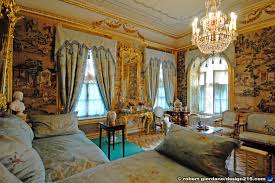

Today only one room, the study of Peter the Great, remains decorated in the original wood paneled style.
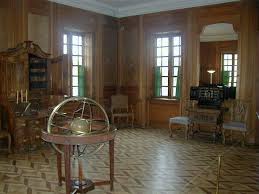
Later, Katherine II, Katherine the Great, expanded the palace even more and redecorated many of Elizabeth’s rooms in the classical style she preferred.
Today only one room, the study of Peter the Great, remains decorated in the original wood paneled style.
Peterhoff was almost completely destroyed by the Germans during WWII with only the external walls remaining. Since then restoration work has been ongoing to return the palace to its former splendor.
To guide the restorers were black and white photos, a small number of original items salvaged from the ruins and the memories of people, including descriptive letters etc.
To guide the restorers were black and white photos, a small number of original items salvaged from the ruins and the memories of people, including descriptive letters etc.
The outdoor gardens of Peterhoff are extensive and
beautifully laid out and maintained.
Dispersed among the gardens are many beautiful fountains that work without the benefit of pumps, using only gravity to provide the needed water pressure. Peter the Great and his engineers first designed this system, still in use today, in the 1700’s.
Dispersed among the gardens are many beautiful fountains that work without the benefit of pumps, using only gravity to provide the needed water pressure. Peter the Great and his engineers first designed this system, still in use today, in the 1700’s.
Also in the gardens are several hidden “triggers” on
pathways that will provide the unwary with a refreshing “shower” when
activated. These were the brain child of
Peter who was fond of practical jokes.
They are still a source of amusement for children today.

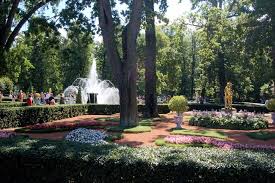




Below, because of the perspective, the colums of water shot into the sky by the fountains appear to be as high as the roof of Peterhoff.
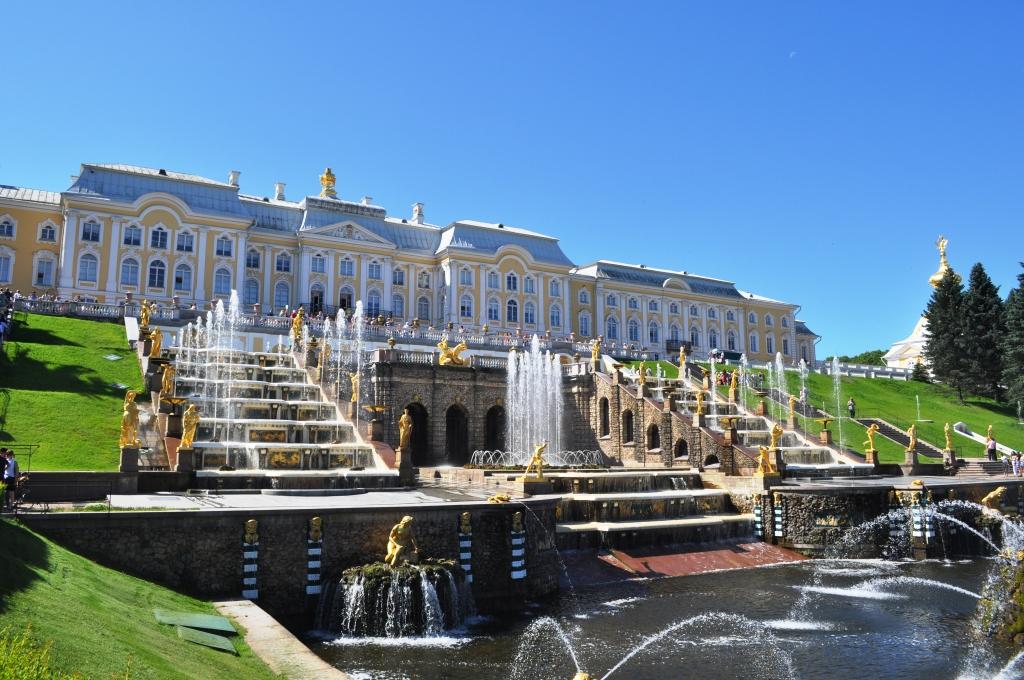

In this small home Peter would entertain friends from all
countries and walks of life without servants to interrupt them. The table in the dining room was designed to
drop down to the floor below where servants would set it and the needed food
provided for Peter and his guests. It
would then be returned to the dining room on the upper floor.
Standing 6ft 6in in height, Peter was a formidable man who
could hold his liquor well. One of his
favorite amusements was to pour a huge vessel full of vodka and give it to a
guest. To be polite, the guest then had to drink all
of the vodka in the container. The
vessel is on display at the small private home and must hold at least a full
modern bottle of vodka and probably more.
My assumption is that most guests did a faceplant long before they
managed to consume all of the vodka. The next morning’s headache must have been
a doozy.




Wow! I visited Peterhoff in 1965 (I was 17). Brings back memories.
ReplyDeleteAJ Miceli